AmaWaterways’ Danube Adventure: Exploring the Hidden Gems of Southeast Europe

Curated By
Amanda Brinkerhoff

Curator’s statement
AmaWaterways’ Gems of Southeast Europe voyage is a 7-night cruise through five European countries, following the Danube River between Budapest, Hungary and Giurgiu, Romania. Learn about the region’s ancient history and see the scars of its recent conflicts. This was a chance to explore a not undiscovered but less visited region of Europe. This was my seventh river cruise with AmaWaterways. The captain, cruise manager and crew brought the same standard of excellence and luxury I have come to expect when I board one of their ships.
The Fora Difference
Book with Amanda to access exclusive perks and experiences on your trip.
Killer perks
Free upgrades, spa credits and more—we got you
Personalized recs
Customized travel planning for your style
Insider knowledge
Expert advice from people who’ve actually been there
Where to stay in Port
Unlock perks by contacting Amanda to book your trip.
Pre & post-cruise stays:
Most river cruise companies offer pre- or post-cruise land extensions, which is a great option for many people. For this journey, AmaWaterways offers a pre-cruise land package which includes 2 nights in Vienna with a transfer to the ship's embarkation in Budapest. The post-cruise package includes 2 nights in Brasov and 2 nights in Bucharest, Romania. There is also an option for a 3-night post-cruise extension to Istanbul.
We chose to craft our own pre- and post-cruise stays with 2 nights in Budapest, 2 nights in Brasov and 1 night in Bucharest. Romania’s Transylvania region is fascinating with the myth of Dracula and Bran Castle, the unique and colorful buildings in Sibiu and the stunning mountain setting of Peles Palace. Our visit was during December, which also brought with it the music and lights of the various Christmas markets.
Essentials to bring:
AmaWaterways does not have a strict onboard dress code. Some guests will dress up more at dinner, while others will wear nice jeans and a sweater, polo or blouse. The Gems of Southeast Europe itinerary has sailings from March through December. The weather can change significantly between seasons. Packing will be dependent on the time of year. The area can get very warm during the summers and quite cool during the early and late seasons, so pack accordingly. Regardless of the season, make sure to bring comfortable walking shoes as you will be walking quite a bit. There are onboard laundry services for a reasonable price and a great way to use onboard credit. This helps limit the amount of clothing you need to pack, leaving room for souvenirs on the way home.
The ship:
AmaVerde is a recently renovated twin-balcony river ship with three decks of cabins, the upper two with balconies and the lower deck with windows. Most meals are served in the main dining room, though guests can opt for lighter breakfast and lunch options in the lounge. Each guest also has the chance to book one dinner at the Chef’s Table restaurant. With floor-to-ceiling windows at the rear of the ship, guests have a panoramic view while they sail away, enjoying their multi-course culinary experience. The ship is also equipped with a plunge pool, fitness room, walking track, putting green and spa/salon. Scenic cruising can be enjoyed from the upper sun deck or observation lounge.
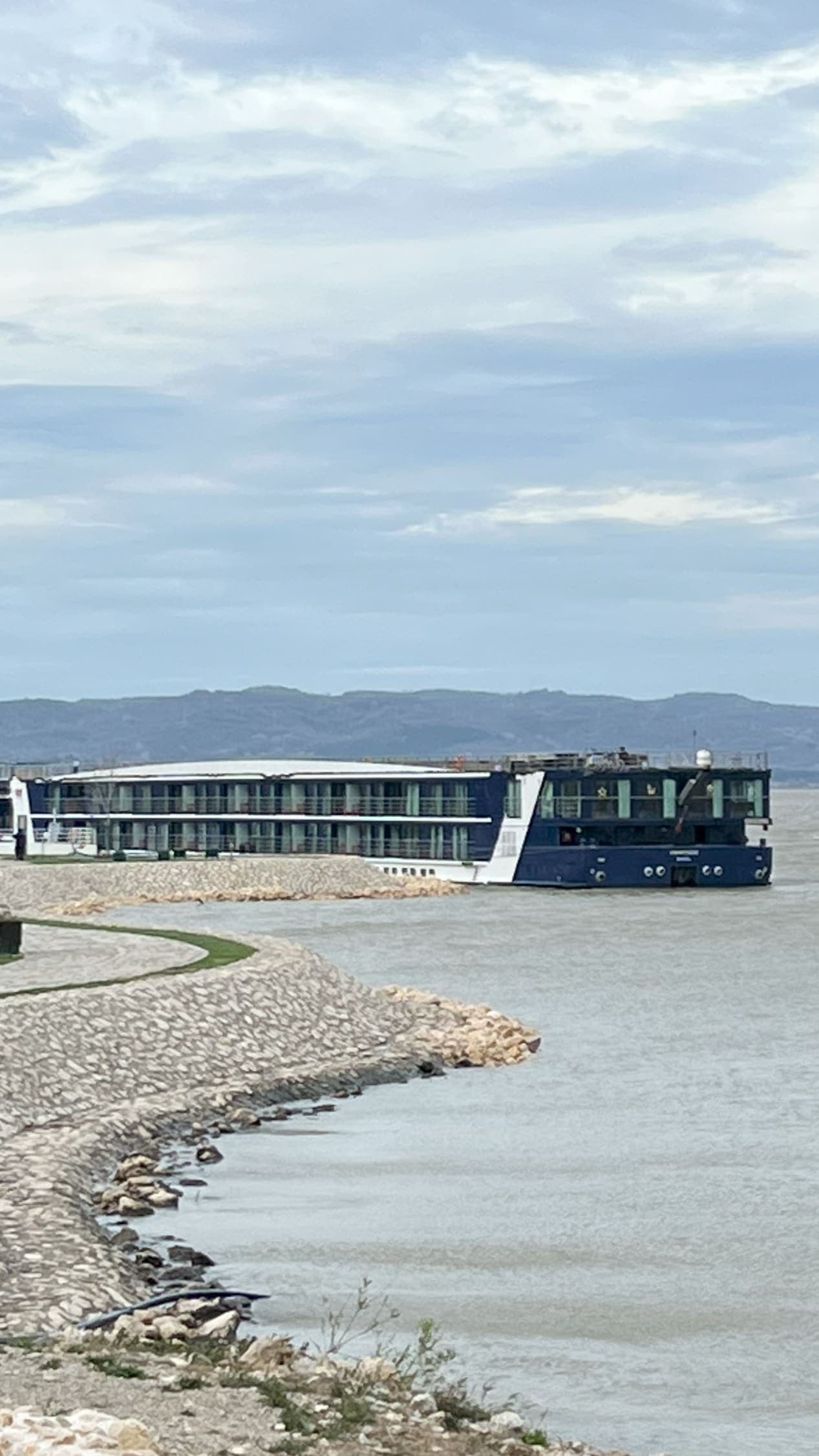
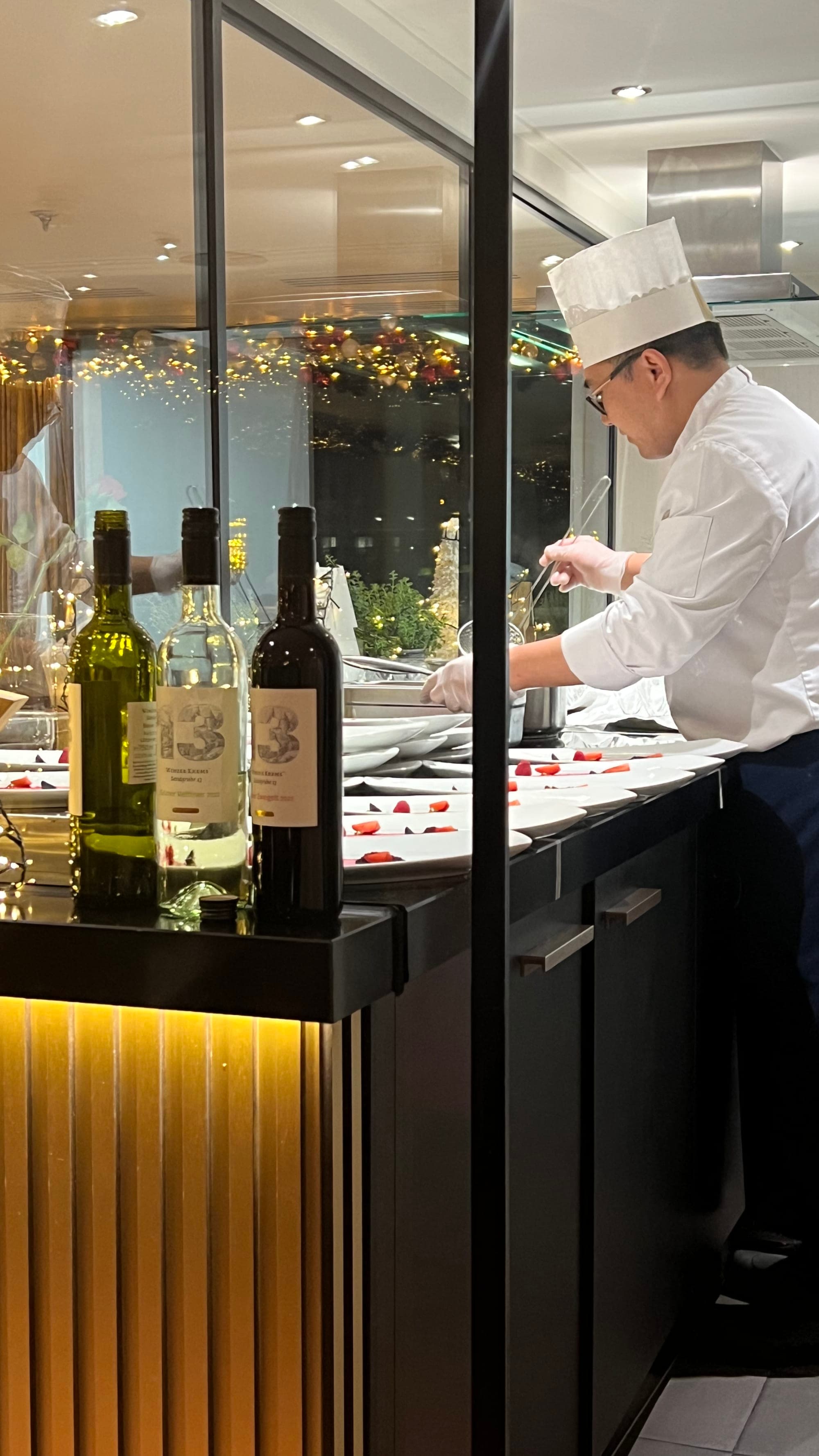


Entertainment and activities:
River cruise journeys are a cultural immersion experience. Evenings are spent enjoying performances by local entertainers. These might include vocal performances, traditional dances or a visit from Santa Claus at Christmas time. Other activities onboard may include wine tasting, cooking classes or lectures on local customs. I always look forward to the Captain’s Dinner and crew parade as the journey comes to an end.
Port calls:
Budapest, Hungary: I always recommend arriving a day or two early for a cruise, even for river cruises. It is much easier to join your itinerary if there are flight delays. Upon your arrival in Budapest, spend time enjoying the goulash, chicken paprikash, and don’t miss having a hot, steamy chimney cake filled with nutella or ice cream. I’ve enjoyed a tour of Budapest’s neo-Gothic parliament building, the largest building in Hungary and home of its crown jewels. Follow that with an afternoon in the soothing waters of one of Budapest’s famous baths. For those obsessed with Hapsburg history, like I am, there is plenty to see in and around the city, including Godollo Palace, the Hungarian home of Empress Sisi.
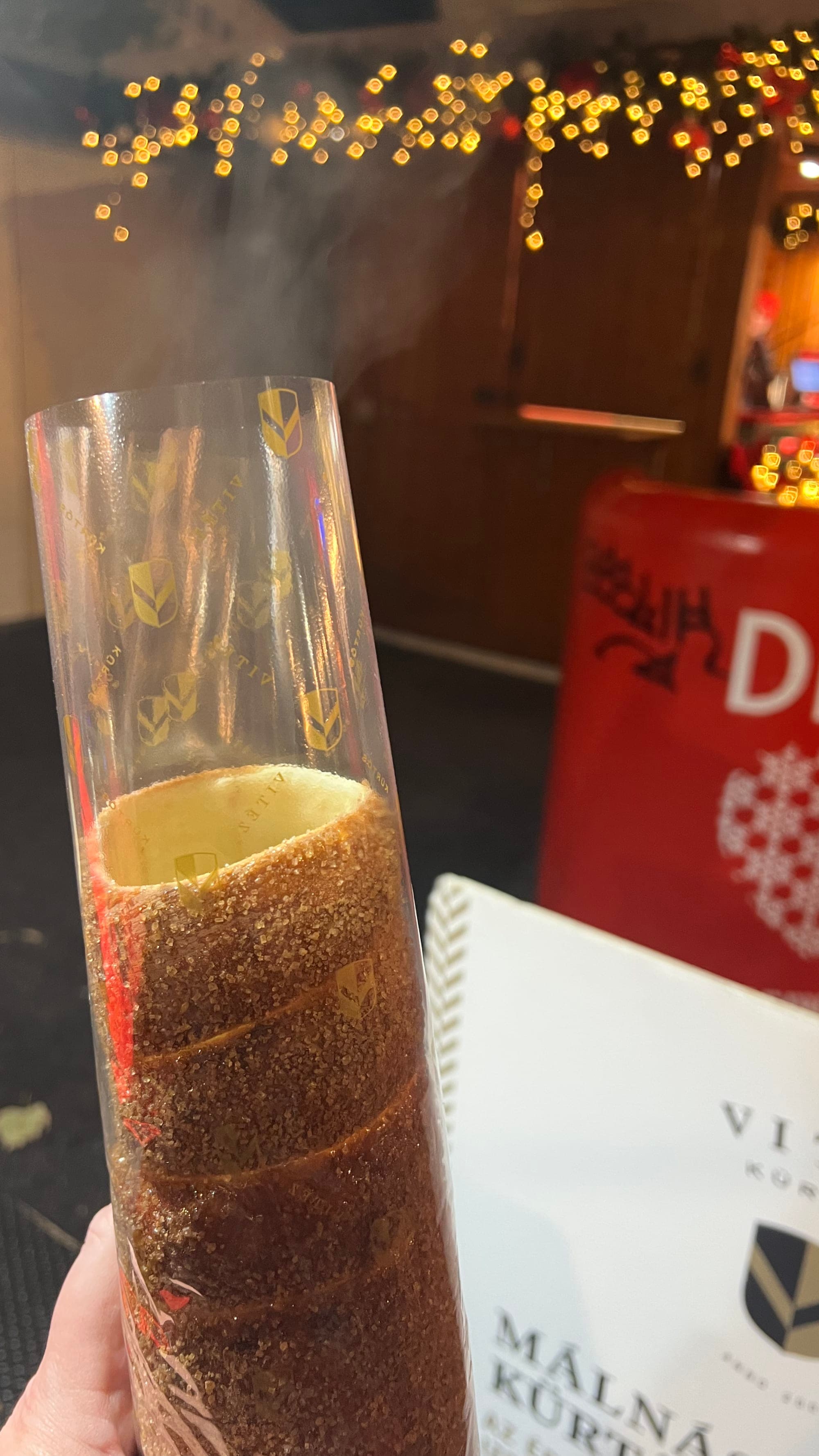
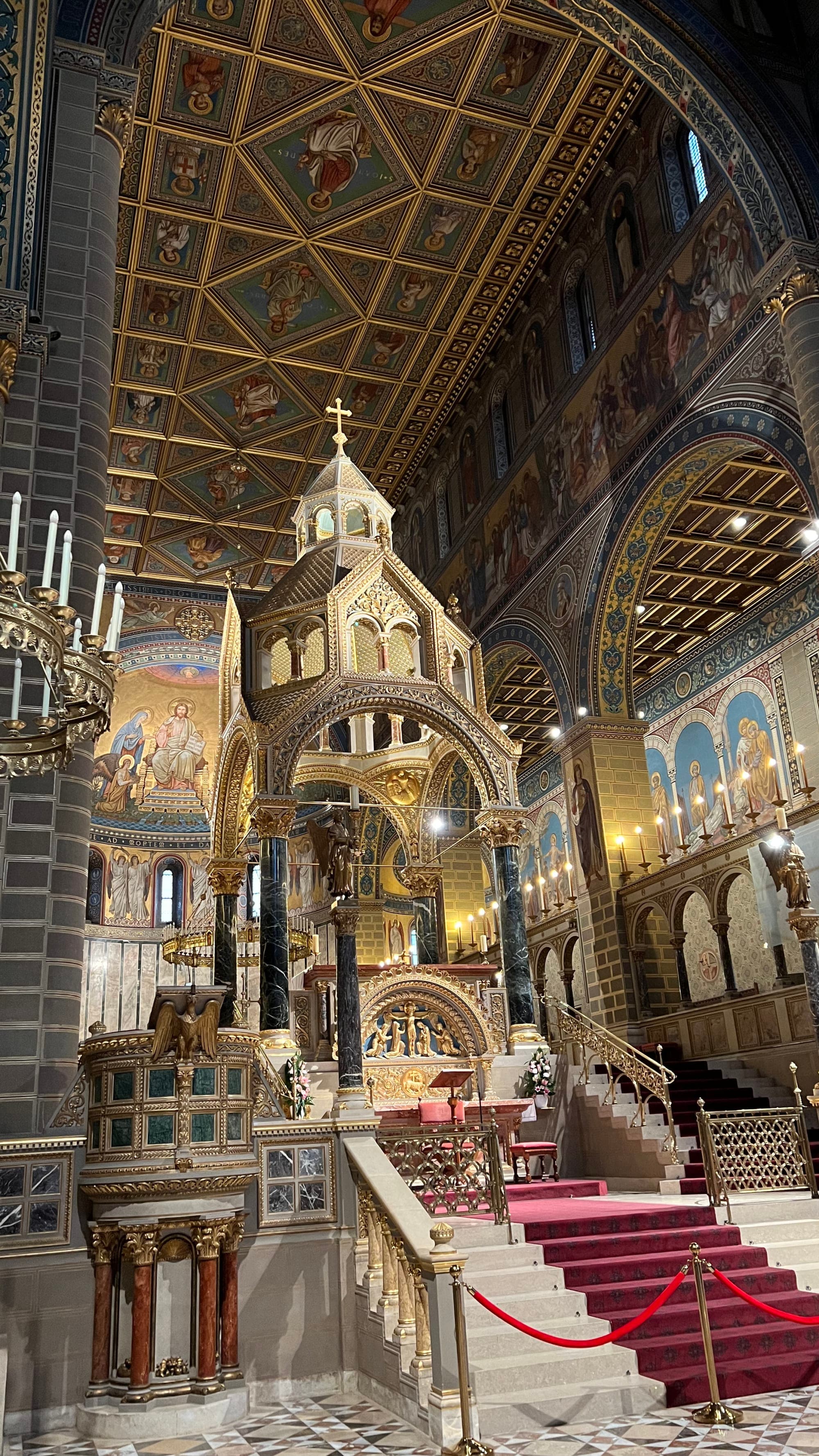


Mohacs, Hungary: The first morning on board, we enjoyed a sleep-in and then enjoyed the scenery cruising down the Danube from the lounge. We arrived in Mohacs during the late afternoon and took a walking tour around the town of Pecs. Walking tours on AmaWaterways cruises usually have an active, regular and gentle walker option, so there is something for everyone. Our tour of Pecs included the exquisitely decorated Cathedral of Saints Peter and Paul, a UNESCO early Christian necropolis site and last to the Mosque Church, a former mosque that has since been converted to a Catholic church. It’s interesting to see the mix of architecture throughout the buildings in this charming town.
Vukovar, Croatia: In the morning, we crossed the border into Croatia for a brief period. The boat made a quick stop to disembark passengers for a walking tour of Vukovar. What we saw in this town were the scars of the recent Croatian War of the 1990s. Buildings riddled with bullet holes next to areas that have been restored and tour guides providing their own personal accounts of living through the conflict. We finished with a visit to the local municipal museum, with artifacts from the Roman period to contemporary art. A coach then took us back to the boat, which continued sailing during the tour.
Novi Sad, Serbia: After a relaxing afternoon and dinner onboard, we entered Serbia and docked in the town of Novi Sad. This was my favorite town on the cruise. A friend of mine from Serbia described Novi Sad as a small version of Vienna. We chose to explore on our own for the evening rather than joining one of the walking tours. The main center of town is a pedestrian area filled with beautiful Baroque buildings with some of the friendliest shop owners. After a little souvenir shopping, we explored one of the local Orthodox churches, magnificently decorated with paintings and mosaics.
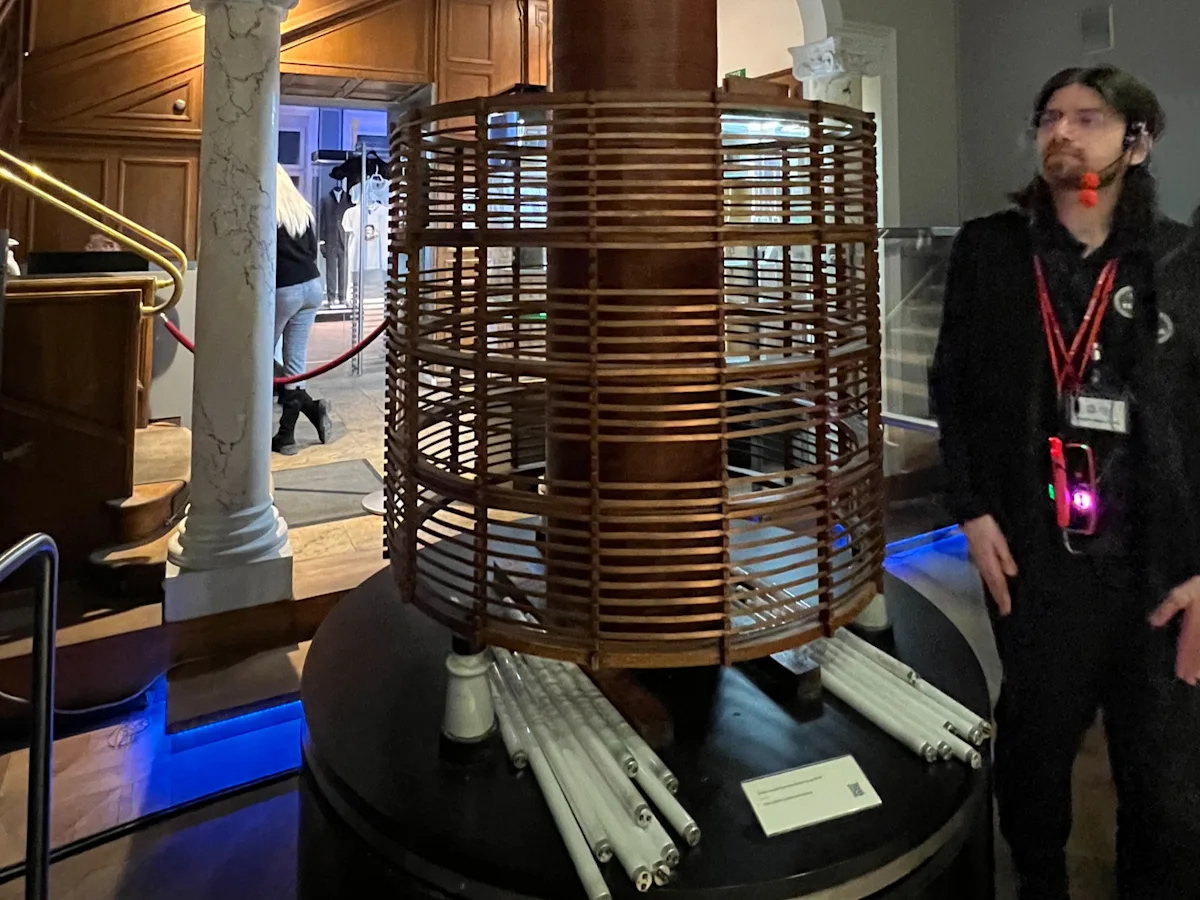
Belgrade, Serbia: The largest town along the route is Belgrade, the capital of Serbia. The Romans conquered the city, then settled it by the Slavs. It was passed between the Hapsburgs and the Ottomans for centuries, being fought over 115 times and razed and rebuilt 44 times. The tour we chose included a visit to the Church or Saint Sava, one of the largest Eastern Orthodox churches. Then we visited the Nikolas Tesla Museum, which had great hands-on demonstrations of some of Tesla’s most famous inventions. We finished with a walk around Belgrade fortress for a view over the confluence of the Sava and Danube rivers.
Iron Gates: The next morning, we arrived early at Golubac Fortress, a renovated medieval fortification which sits at the widest stretch of the Danube. Walk the walls or climb the towers for sweeping views. My best tip, don’t miss the gift shop here as it had some of the best souvenirs we found along the way. Then, depending on the weather, find the best seat on the Sun deck or in the lounge as the ship cruises past the steep hills and cliffs of the Iron Gates, the narrowest section of the Danube. The highlight was cruising past Mraconia Monastery and the impressive carving of King Decebalus on the side of the mountain.
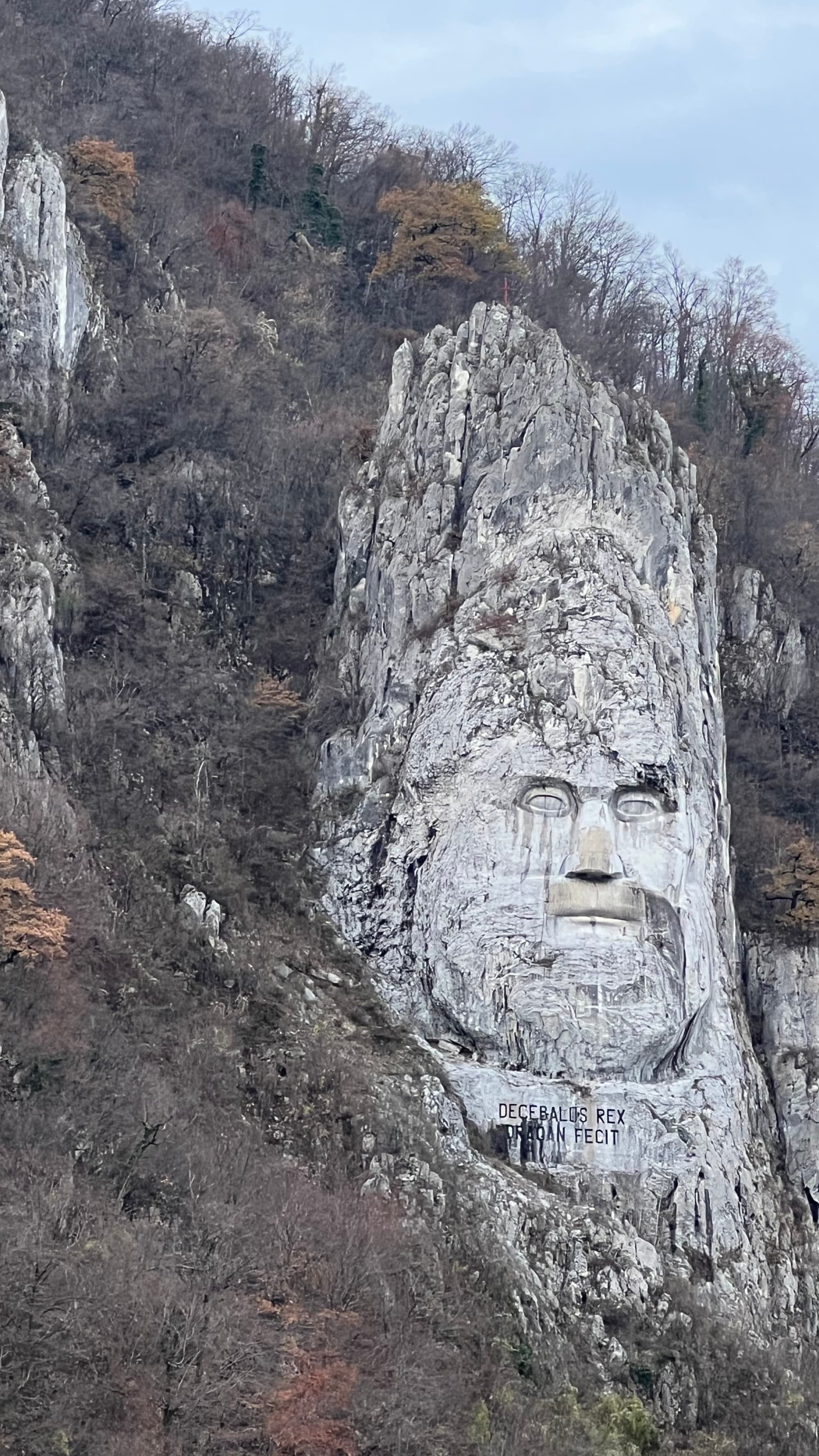
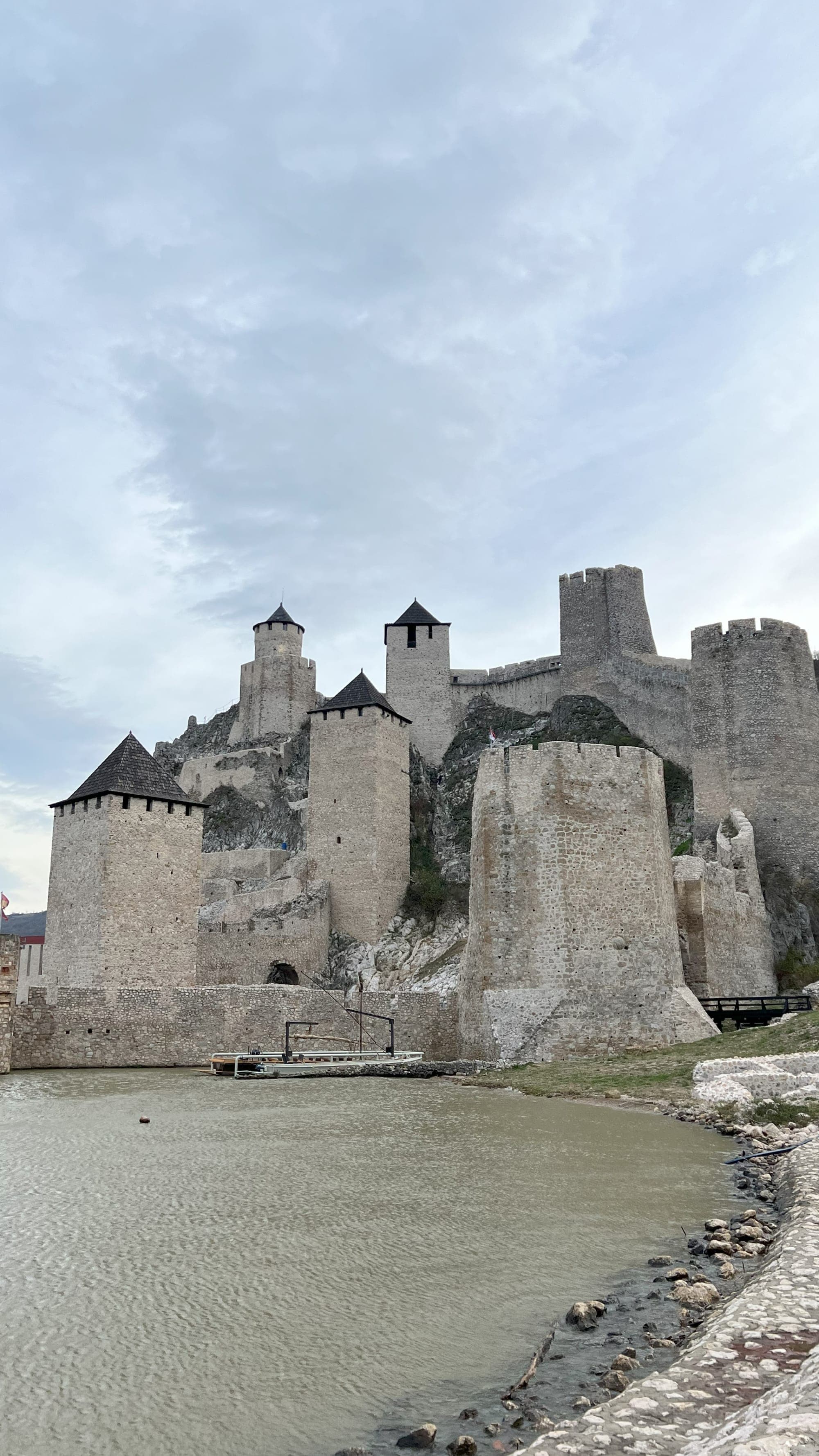


Vidin, Bulgaria: Then we entered Bulgaria, the fourth country on our voyage. There were multiple excursion options, but we opted for a home visit, which ended up being my favorite. I’ve seen many people say that the Banitsa and Yogurt Class is their favorite excursion across all their experiences with Ama. It’s definitely in my top five. We visited the home of Niki and Lubo just outside Vidin. Lubo translated for us as Niki taught us how to make banitsa, a traditional pastry of phyllo and cheese — you can’t go wrong with that. They took such pride in showing us their small plot of land with fruit trees and vegetable garden, and we were able to purchase hand-embroidered towels that Niki had made.

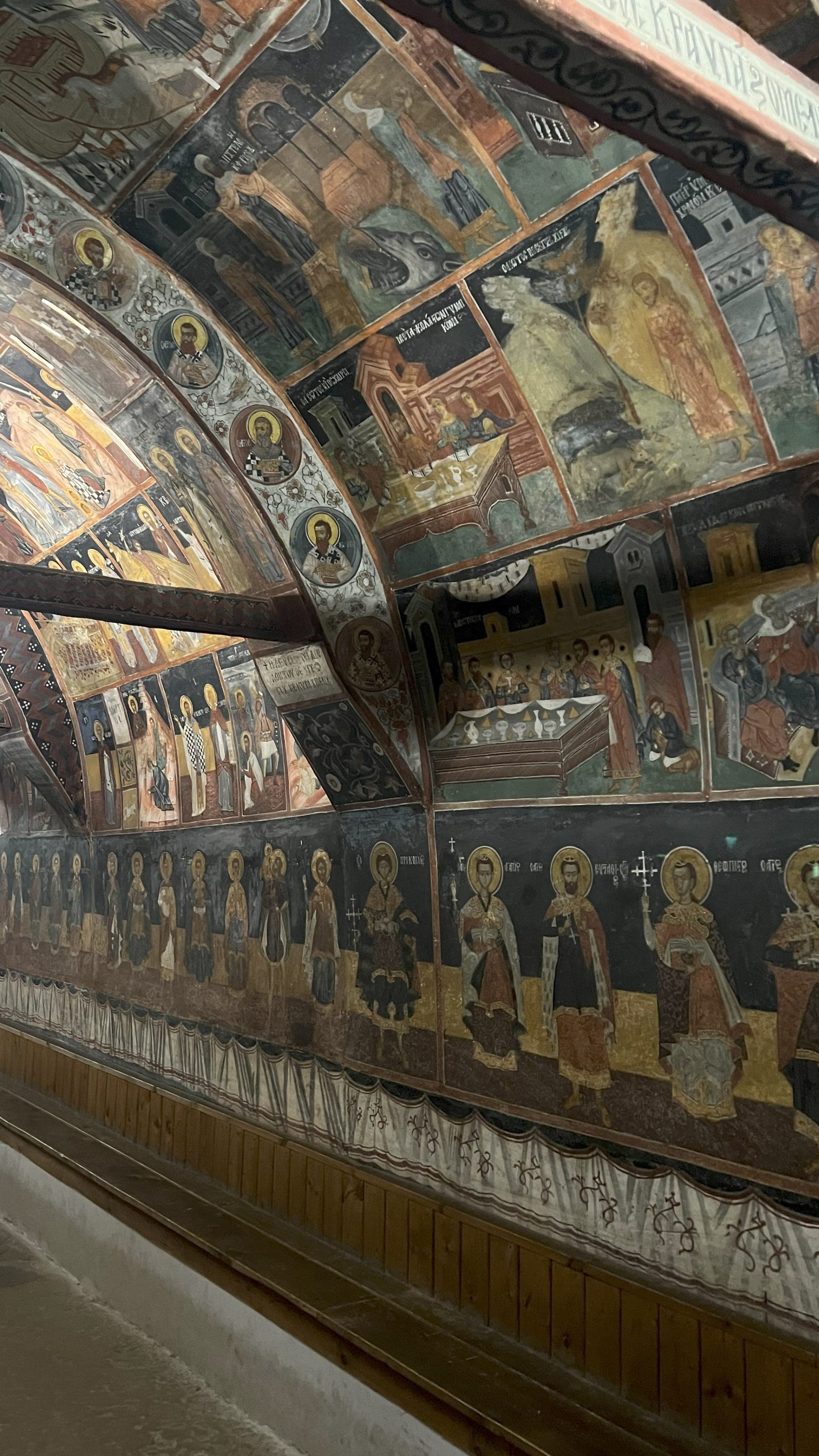


Rousse, Bulgaria: Our last day was another day with a variety of excursion options. We decided to take a tour exploring the towns of Arbanasi and Veliko Tarnovo. In Arbanasi, we visited a home that has been kept in its original state, an interesting mix of Bulgarian and Ottoman influences. Then we went to the Nativity Church with its intricately painted murals that date to the 16th century, and were treated to a beautiful vocal performance by local artists. We had a quick picture stop at the entrance to the fortress at Veliko Tarnovo before having some free time to shop and wander.
Giurgiu, Romania: We disembarked across the river in Romania, and arranged for our own custom 3-day tour of the Transylvania region.
Additional costs:
AmaWaterways’ fares provide close to an all-inclusive experience. All meals onboard are included, as well as non-alcoholic beverages. A pre-dinner cocktail hour has a set list of included alcoholic beverages, while wine and beer options are available during lunch and dinner. Every excursion option on this itinerary is included in the fare cost. You may choose one or more excursions for no additional fee. You can use your onboard ship credit to take advantage of the reasonable rates for onboard laundry services and a few souvenirs from the boutique. Gratuities for the crew and cruise manager are not included, but may be an added perk depending on your sailing dates.
Need to know
River cruises are a great option for couples, families and solo travelers who wish to cover multiple cities and countries in the heart of Europe over the course of a week. Most days and ports, Ama offers a selection of active excursions (hiking and/or biking) along with groups for a regular pace and a group for gentle walkers. River cruises share some similarities with large ocean cruises, such as covering a large distance while only having to unpack once, but the differences are what set them apart. Imagine walking off your ship right into the center of Budapest. River ships have only 160–190 passengers on average and are built specifically to cruise Europe’s river and canal waterways, docking right in the center of many towns. While there are no Broadway shows or casinos, the size creates a sense of intimacy and family as you quickly form relationships with the crew and other passengers.
This trip report is part of our ongoing series on travel to Budapest. In need of further inspiration? Check out Dorelle Velasco's guide, A Weekend in Budapest, Hungary.

Travel Advisor
Amanda Brinkerhoff

Get in touch with Amanda
Did you like this guide? Reach out to customize and book your own experience. Or, just to chat about travel in general.
You can expect a response from Amanda within 1–2 business days. You’ll also be subscribed to our traveler newsletter (you can unsubscribe at any time).